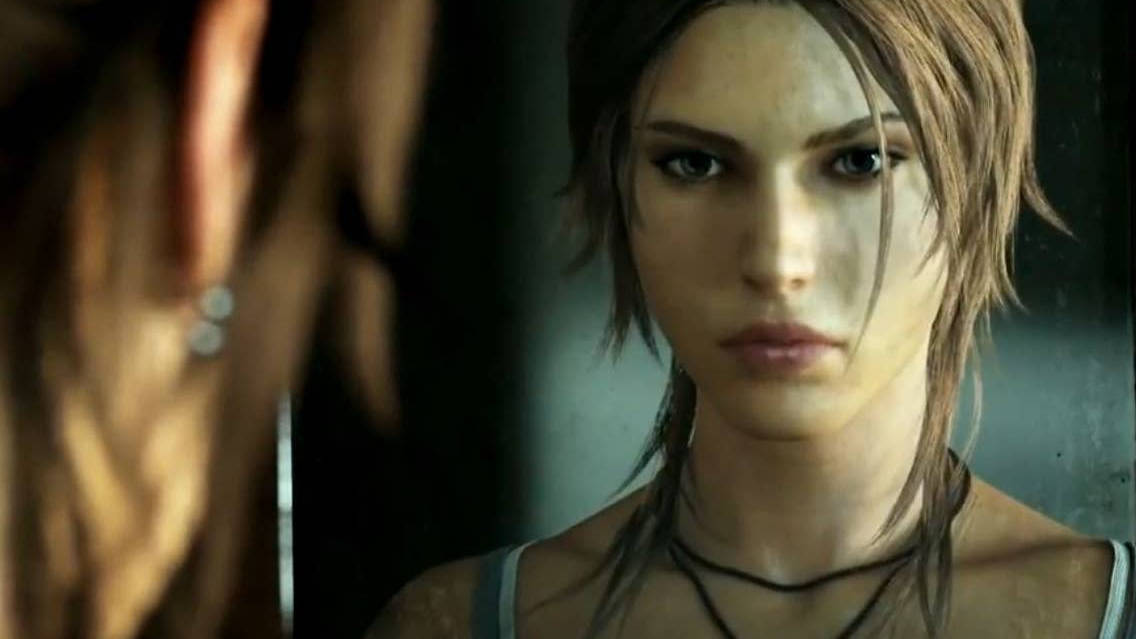The Difficulty of Discussion
Coming out of E3 2012, the upcoming Tomb Raider reboot was the talk of the town—but probably not for the reasons that developer Crystal Dynamics had hoped. New gameplay footage and expanded looks at the origins of Miss Croft had become overshadowed by a heated debate: Was Tomb Raider actually going to feature a scene where a man tries to rape Lara, and should such content be in our video games?
In reality, there was probably never going to be any actual attempted rape of Lara. I say “probably” because, at this point, I don’t think we’ll ever know the truth, unfortunately. Representatives from Crystal Dynamics have been quick to distance themselves from any such idea, and if there was such a scene intended for the game, you can be sure it’ll be long gone after the E3 firestorm.
What we’re left with now, however, is a fascinating look into the love we humans have for jumping to conclusions. Most who condemned the idea of a rape scene in Tomb Raider weren’t anywhere near the E3 show floor—and even for those who were, the true context couldn’t fully be appreciated. Sometimes, we know for sure that a particular element is inappropriate or offensive before a game’s been finalized— objectionable win quotes directed at Poison (a character who’s become an icon for many transgender gamers) in early builds of Capcom’s Street Fighter X Tekken being a perfect example.
However, if we want our games to grow up—and we do seem to want that—then we must have a better appreciation for context and for waiting until we’ve fully experienced a final product before casting such judgment. (Remember how many people swore Heath Ledger would make a terrible Joker? Whoops.) We also have to be more mature about what we consider “acceptable storytelling.” Ours is an industry that still gets horrifically frightened at the mere idea of sex as a tool for character development—but we typically don’t bat an eye when our “heroes” brutally murder others by the thousands during the course of a game.
And yet, I think those who fought against the idea of rape being in games weren’t necessarily wrong. Yes, it can add a powerful moment to a well-crafted piece of filmmaking or literature—but things get far more complicated when the target is a character we’re directly controlling. It’s wrong to outright dismiss the opinions of those who don’t want to see rape be a part of gaming—or a part of Lara.
One day, the representation of women in videogames will reach the level it deserves, and storytelling that includes threats of a sexual nature will have its place. For now, this reimagined Lara Croft stands as a chance to rebuild the character into a strong, positive female protagonist, something we’re still sorely lacking in gaming. Having her strength come from the threat of sexual violation at the hands of a man—even as a proposed idea—isn’t the example we should be setting to all of the women and girls looking for a role model in their hobby. (Yes, Lara’s coming off as a female John McClane of sorts, and I love that about her. But John was never sexually violated by Hans—well, at least not in the copies we got here in the States.)
For now, one thing is clear: Overreactions on both sides of the argument do nothing but harm. We must elevate the level of discussion when it comes to such topics—or else, video games will continue to be stuck in the awkward middle ground they currently find themselves occupying.
